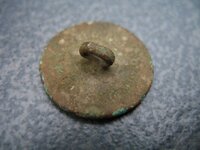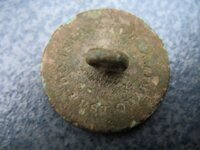pjroo33
Hero Member
- Oct 28, 2007
- 631
- 90
- Detector(s) used
- Minelab CTX 3030, XP Deus, Minelab Explorer II
- Primary Interest:
- All Treasure Hunting
This is a flat button that I dug yesterday and I'm trying to get a date or more info. The back says Double Gilt Best Quality.







